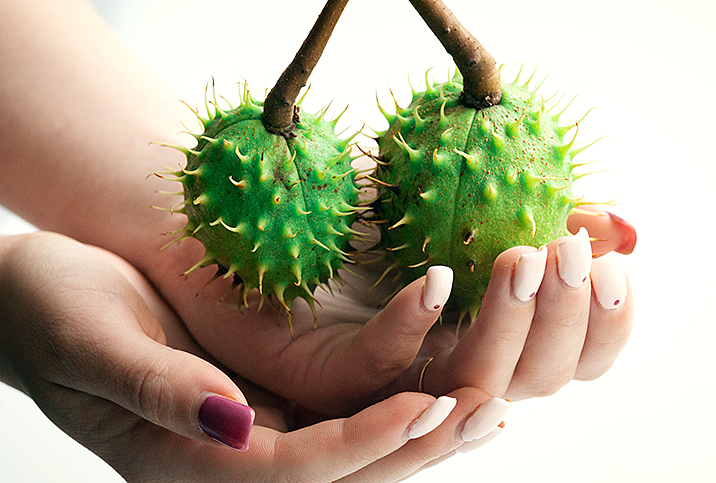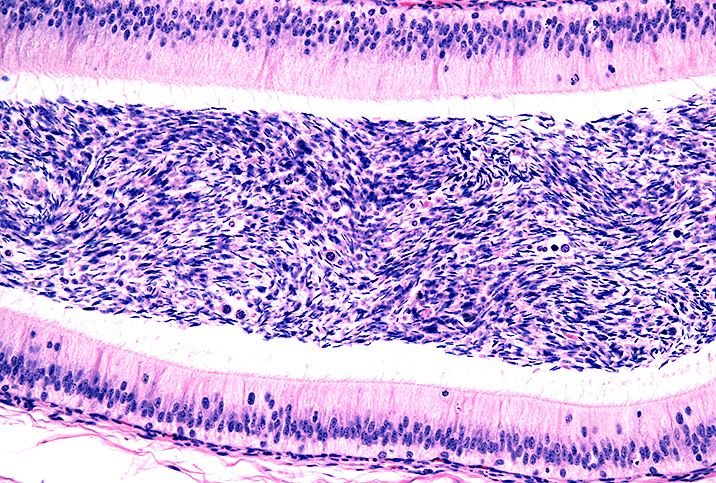What Does Epididymitis Management and Treatment Entail?

Epididymitis is the inflammation of the epididymis, a 20-foot-long coiled tube located in the back of each testicle. This is where a man's sperm matures before it moves into the vas deferens in anticipation of ejaculation.
It's a relatively common condition, one that affects more than half a million men in the United States each year, predominantly men ages 14 to 35. Epididymitis is most frequently caused by E. coli bacteria, or it may develop due to exposure to chlamydia, gonorrhea or another sexually transmitted infection (STI) or disease (STD).
Epididymitis can cause intense pain in the scrotum, which can be felt in other parts of the groin, as well as the following symptoms:
- Redness and swelling of the scrotum
- Blood in the semen
- Painful ejaculation
- Fever and chills
- Painful urination
- Unusual discharge from the penis
- Enlarged lymph nodes, particularly in the groin
Epididymitis management and treatment
Managing and treating epididymitis is often relatively straightforward. However, it's important to undergo prompt evaluation because not all epididymitis is the same.
"Treating epididymitis depends on the cause," said Amy Pearlman, M.D., a men's health specialist and co-founder of Prime Institute in Fort Lauderdale, Florida. "If it's a bacterial infection, you treat it with antibiotics. But if it's inflammation without infection, you'll use anti-inflammatory medication, or you can try wearing a scrotal supporter—although that can improve or worsen pain in some folks. Also, using cool compresses and limiting activity until the pain improves are ways to alleviate some of the symptoms."
Men who develop epididymitis as a result of an STI such as chlamydia or gonorrhea need to inform any sexual partners they've had in the previous 60 days.
If a urinalysis detects the presence of bacteria, your doctor will probably prescribe antibiotics such as doxycycline, ciprofloxacin, levofloxacin or another antibiotic treatment.
These courses of medication usually last from one to two weeks. Take all of the medication, even if the symptoms have dissipated, in order to make sure the bacteria is completely cleared from your system.
Some other ways men can alleviate some of the more bothersome symptoms of epididymitis include:
- Resting and avoiding strenuous activity
- Elevating the scrotum
- Safely applying ice packs to the affected area
- Drinking plenty of fluids to help your body clear the bacteria
- Taking over-the-counter NSAIDs, such as ibuprofen
How can you prevent epididymitis?
Since the most common cause of epididymitis is infection, the best way to prevent it is to avoid becoming infected. For sexually active men, using a condom is the first step to preventing epididymitis.
"STIs may cause epididymitis, so practicing safe sex can reduce the risk," Pearlman said. "Also, getting tested if there's any concern for STI symptoms and getting early treatment may reduce the risk of epididymitis developing."
Practicing safe sex is more important if you're the active partner in penetrative anal sex, because the most common cause of epididymitis is E. coli bacteria, found in fecal matter. It can enter the penetrative man's urinary tract during unprotected anal sex and cause eventual infection.
Starting antibiotics immediately means the symptoms begin to subside for most men within 72 hours.
It's important to note not all epididymitis cases stem from STIs or other sexual activity. Boys not yet sexually active may develop epididymitis due to non-STI-related urinary tract infections, and older men who are no longer sexually active may develop epididymitis due to other types of infections.
Certain conditions and comorbidities are also associated with epididymitis, such as poorly controlled diabetes, immunosuppression or systemic disease.
Other potential causes to be aware of when considering the prevention of epididymitis include:
- An enlarged or infected prostate gland
- Having recently used a catheter
- Recent prostate biopsy
- Recent surgery on the prostate, urethra or bladder
- Groin injury or other trauma to the region
- Straining when urinating, which can lead to urine backing up into the epididymis and cause an infection
- Heavy lifting, which can cause urine to back up into the epididymis
- Blockage in the urethra, which may cause stagnant urine to remain in the urinary tract, causing infection
What are the complications of epididymitis?
Most medical guidelines say epididymitis symptoms should begin clearing up within 72 hours of starting antibiotic treatment. Epididymitis doesn't go away on its own.
If it isn't dealt with in a timely manner, epididymitis can cause major complications, such as the following:
- Abscesses in the epididymis
- Progression to involving the testicle, leading to a testicular abscess
- Sepsis—the presence of pus-forming bacteria or toxins in the bloodstream
- Scar tissue, which can result in infertility
- Abscesses that can form fistulae—openings to the testicular skin
Outlook for epididymitis
While epididymitis can be painful, the prognosis for men who undergo prompt treatment is good. Starting antibiotics immediately means the symptoms begin to subside for most men within 72 hours. Simply resting, elevating the scrotum, icing the area and taking NSAIDs can help symptoms significantly.
Once the infection has fully cleared, the vast majority of men who experience epididymitis have no further complications from the condition. If treated promptly—and barring any comorbidities or other unusual developments—having epididymitis generally won't affect a man's sexual functioning or fertility.
However, the outlook for men who leave epididymitis untreated is not so positive. The condition can progress to causing infectious abscesses, testicular abscesses, testicular shrinkage, fistulae, scarring and other damage. These can leave a man with lifelong fertility problems, potentially rendering the epididymis nonfunctional.
Untreated epididymitis can spread to other parts of the genital and urinary systems, causing infections in the prostate, bladder and other places.
The takeaways
Treatment for epididymitis is typically straightforward. Men who develop the condition should remember it is common and simply the result of an infectious bacteria, rather than an indication of innate "dirtiness" or other broad generalizations.
Men who develop epididymitis as a result of an STI such as chlamydia or gonorrhea need to inform any sexual partners they've had in the previous 60 days and refrain from unprotected sex until the infection is cleared or their healthcare provider says it's OK.
It's important for partners to keep in mind that not all cases of epididymitis result from STIs. There are many ways men can get this type of infection, and sexual activity is only one of about a dozen potential causes.
If you have any kind of pain in your genitals, get it evaluated promptly. If you're prescribed antibiotics, take all of them, and use NSAIDs and ice as needed.


















